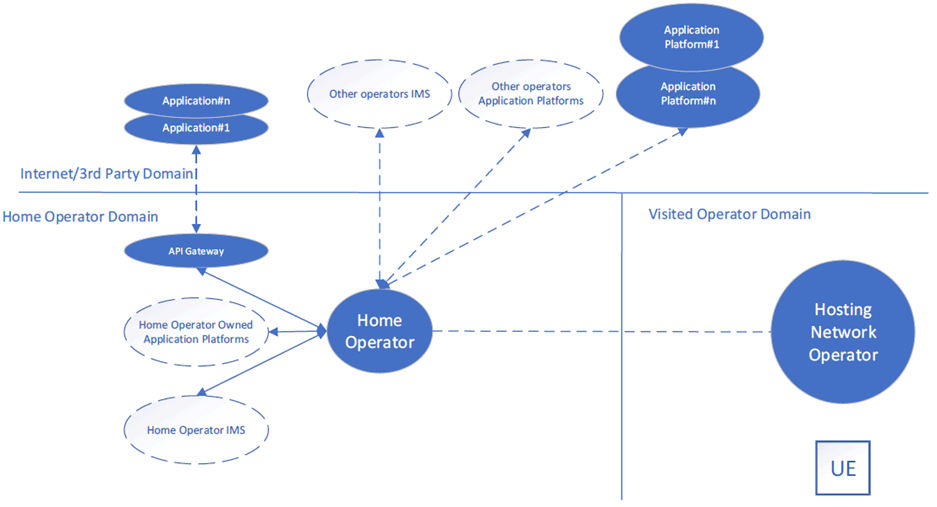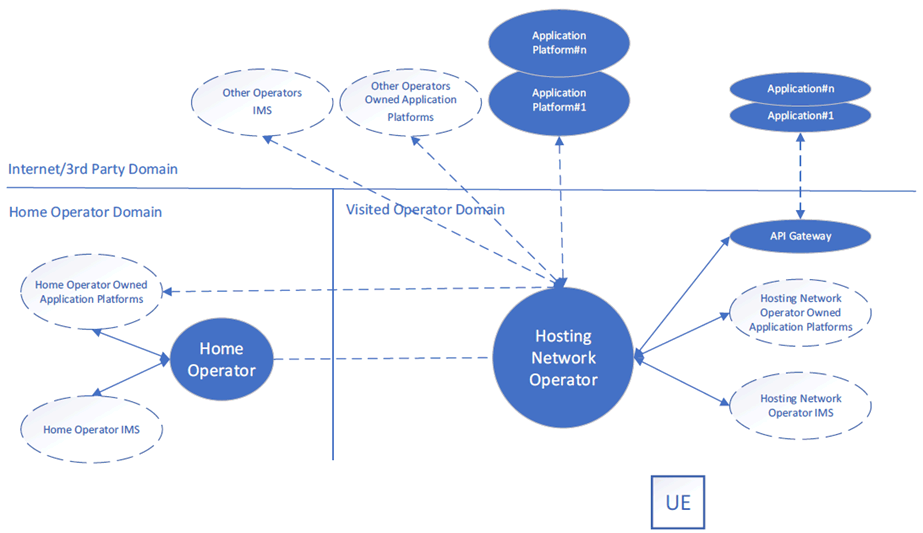Content for TR 22.844 Word version: 18.2.0
7 Conclusions and Recommendations
A Interworking between Networks Operators and Application Providers for localized services
$ Change history
7 Conclusions and Recommendations p. 43
This technical report provides use cases and potential new requirements. The resulting service requirements have been consolidated in clause 6.
It is recommended to consider the consolidated requirements identified in this TR as the baseline for subsequent normative work.
A Interworking between Networks Operators and Application Providers for localized services p. 43
In TS 22.278, Annex B1 provides various scenarios applicable for interworking between mobile operators and data applications for EPS and 5GS including:
- Operator owned non-roaming scenario
- Collaborative non-roaming scenario
- Operator owned/collaborative roaming scenario - Home Routed
- Collaborative roaming scenario - Local Breakout
- Hosting network operator owns the 5G network which provides access and IP connectivity to roaming UEs.
- Network operator owned application layer entities include Service Hosting Environment, and IMS network.
- Application platforms in third party domain can be owned by third party application/service providers, or home/other network operators.
- The Application platforms could be application servers (e.g. Video on Demand Server, Cloud gaming server, etc.), 3rd party software development platforms, and third party/operator Service Hosting Environments.

Figure A-1: Home Operator owned/collaborative roaming scenario - Home Routed
(⇒ copy of original 3GPP image)
(⇒ copy of original 3GPP image)
Figure A-2 provides the local breakout scenario for both owned and collaborative scenarios between visited hosting network operator and operators in 3rd party domains where traffic is routed to application from the hosting network to 1) hosting network owned application platforms, 2) collaborative home network owned application platforms, and 3) third parties via roaming agreements between visited hosting network operator and home/other network operators, and between hosting network operators and other application/service providers.

Figure A-2: Hosting Network Operator owned/collaborative roaming scenario - Local Breakout
(⇒ copy of original 3GPP image)
(⇒ copy of original 3GPP image)
Other interworking scenarios are not excluded.